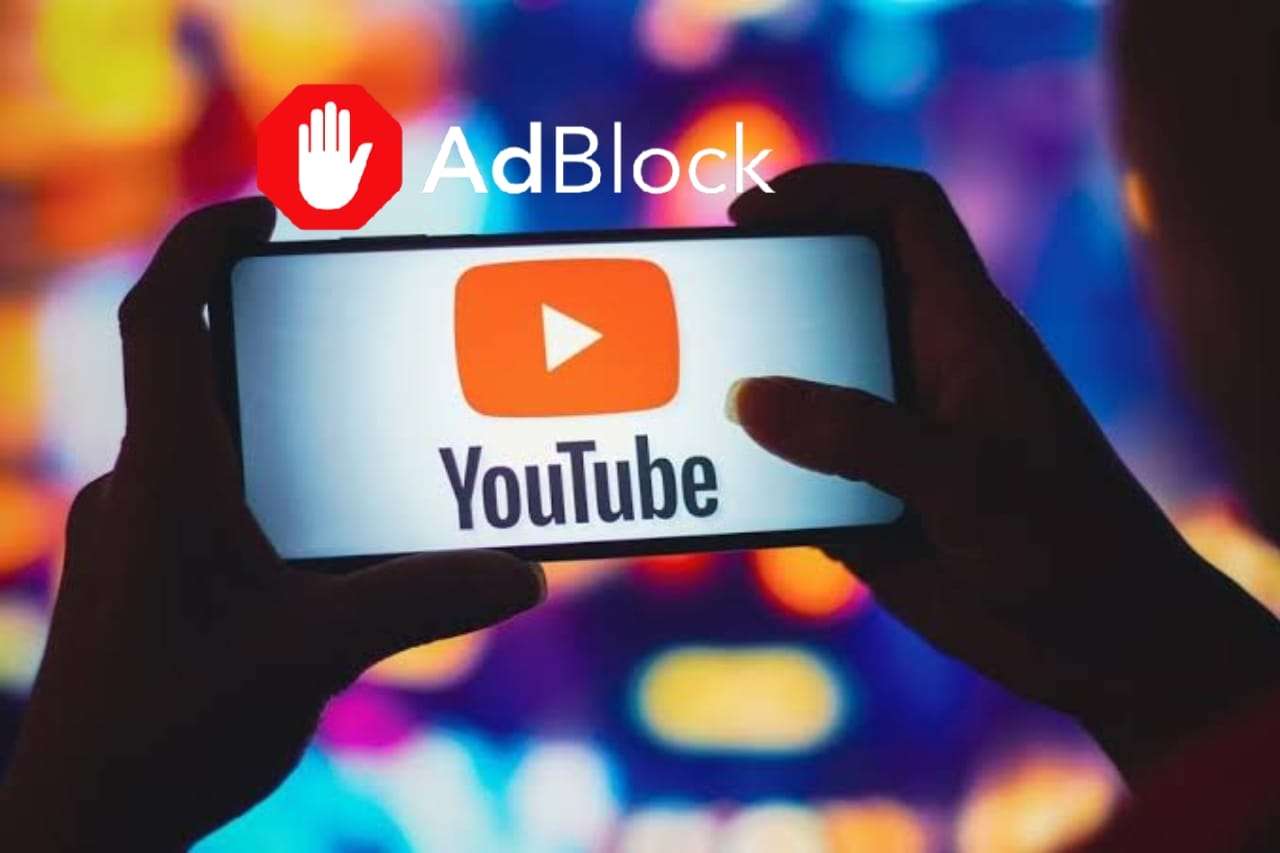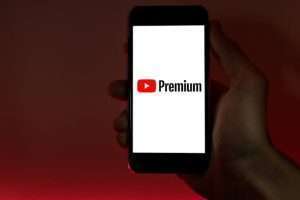
YouTube's global campaign against ad-blockers has intensified, leaving users with a stark choice: enable ads or subscribe to YouTube Premium. The platform's crackdown is a response to ad-blockers violating its Terms of Service, and it is willing to block video playback for those who persist in using them.
The debate revolves around the role of ads in sustaining a diverse community of content creators and ensuring seamless content access for billions of users. It has always been a big fuss, as YouTube majorly earns through advertisements and so do the content creators.
While YouTube users have expressed discontent about the growing number of ads on the platform, YouTube emphasizes the necessity of ads to support creators and maintain its infrastructure.
YouTube has made several changes to its ad system this year, including introducing unskippable 30-second ads on its TV app and experimenting with longer, less frequent ad breaks. The platform's efforts to block ad-blockers began in May 2023.
Supporters of YouTube's stance argue that ads are essential to financially support content creators, whose work enriches the platform. Ads generate revenue that keeps the servers operational and empowers creators to continue delivering content.
Critics, however, point to the rising ad density on YouTube, which they claim disrupts the user experience. They call for a better balance between supporting creators and ensuring a seamless viewing experience.
YouTube's battle against ad-blockers presents users with a clear choice. The platform's unwavering commitment to its Terms of Service and the essential role of ads in supporting creators and maintaining services are at the core of this ongoing debate.
As YouTube continues to refine its ad policies, finding the right balance between content support and user satisfaction remains the focal point for the platform. Users and creators alike await the future developments in this dynamic landscape.



Leave a Reply